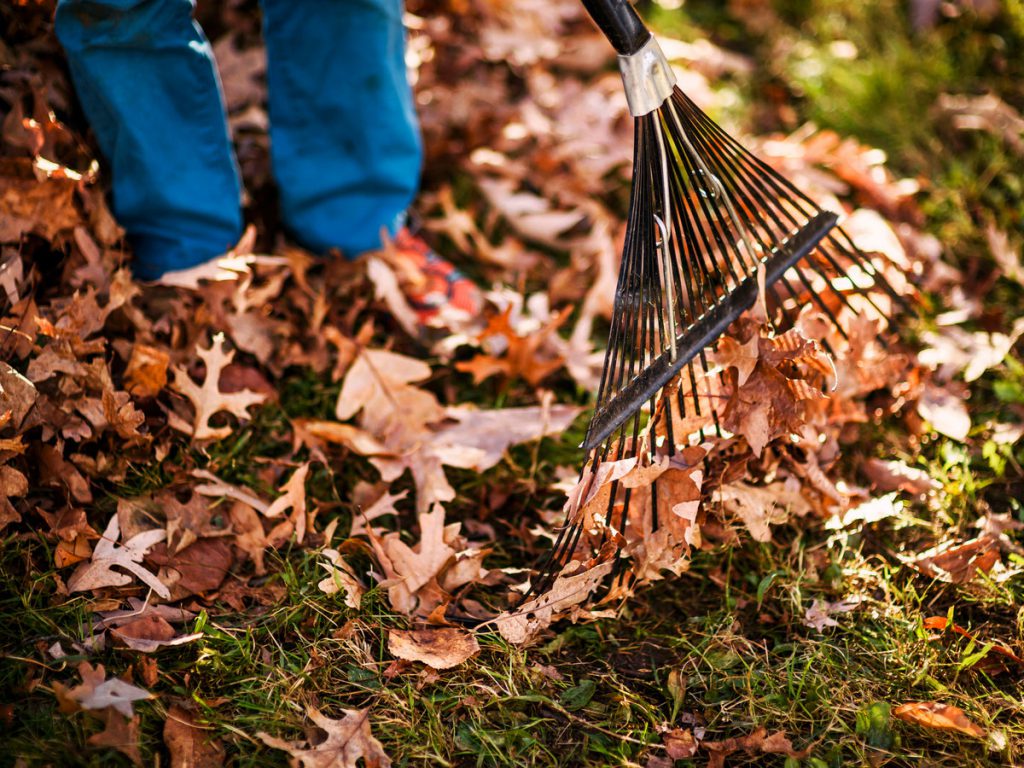Hopefully you’ve already Dethatched, Aerated, and Over-seeded (D.A.O.) after Labor Day and before the temperatures really drop in the cool season grass zones up north. If you’re in a transition zone (middle of country) and have fescues, rye, or kentucky blue grass and the temperatures are starting to drop, it is a great time to get out in the yard and start!
Here is a list of post D.A.O. fall fun:
- Fertilize: the grass is going to benefit from ideal growing conditions and plant (especially the root) preparation before the winter. This is going to really help the grass bounce back in the spring. A fertilizer with all three N-P-K numbers is great but Nitrogen (N) and Potassium (K) are a must and generally available in many fertilizers without restrictions. The Phosphorus (P) is a great addition to newly seeded lawns but can be restricted around water and you may need to complete a soil test to use a product with P.
- Water: water the lawn to help drive the roots down into the soil. Soak soil around trees and shrubs if rainfall has been light to ensure that plants enter winter fully hydrated.
- Before winter fully hits and after your last mow (sad face!)….empty hoses, fountains, and sprinkler systems – ensure any standing water is removed from your watering equipment and store items in a dry place.
- Remove the leaves: while the leaves may look nice and be fun to play in for the kids, they aren’t great for grass. They block the sunlight and trap moisture. So when the leaves are falling, blow or rake them away as often as you can. Even after the trees are empty, continue raking out the corners where the wind piles leaves up.
- Clean out the gutters: leaves can build up if you don’t have guards and block drains leading to damaging ice buildup.
- Protect Evergreens: Your boxwood, holly, rhododendrons, or similar often suffer in winter because their leaves lose moisture on sunny and windy days without replacing it from the soil when the ground is frozen. Surround these plants with a shelter of burlap or old sheets. The idea is to create shade and slow harsh wind, both of which help to retain moisture so the plant doesn’t dry out and die.
- Provide additional protection by using an anti-transpirant spray on the plant after the first hard frost. The spray will dry into a thin film that reduces the moisture lost by transpiration.
- Keep Mowing: keep going every week or so until grass has stopped growing. Feel free to mulch or bag leaves also to save time! You might have to switch to afternoon mows with damp grass in the early morning.
- Clean tools and store them: Don’t throw your gardening tools in the garage or shed and forget about them until next year! Go that extra mile to clean and add a light coat of oil to mechanical equipment to prevent rust over the winter.

EXTRA FUN: Plant Bulbs: the fall is a great time to plant crocus, daffodils, hyacinths, tulips, and other spring-flowering bulbs. Try a few, see how it works and add more the next year.

